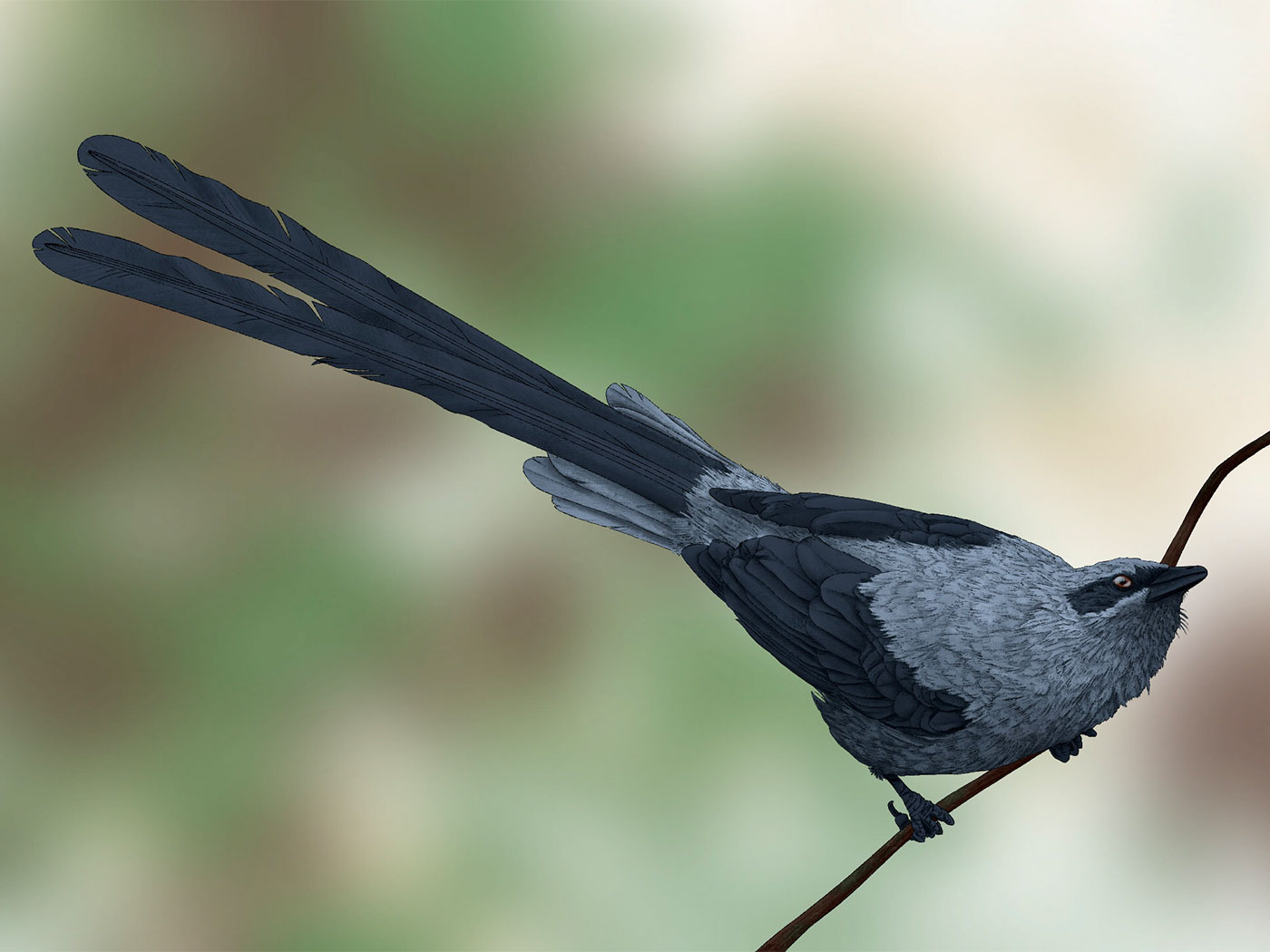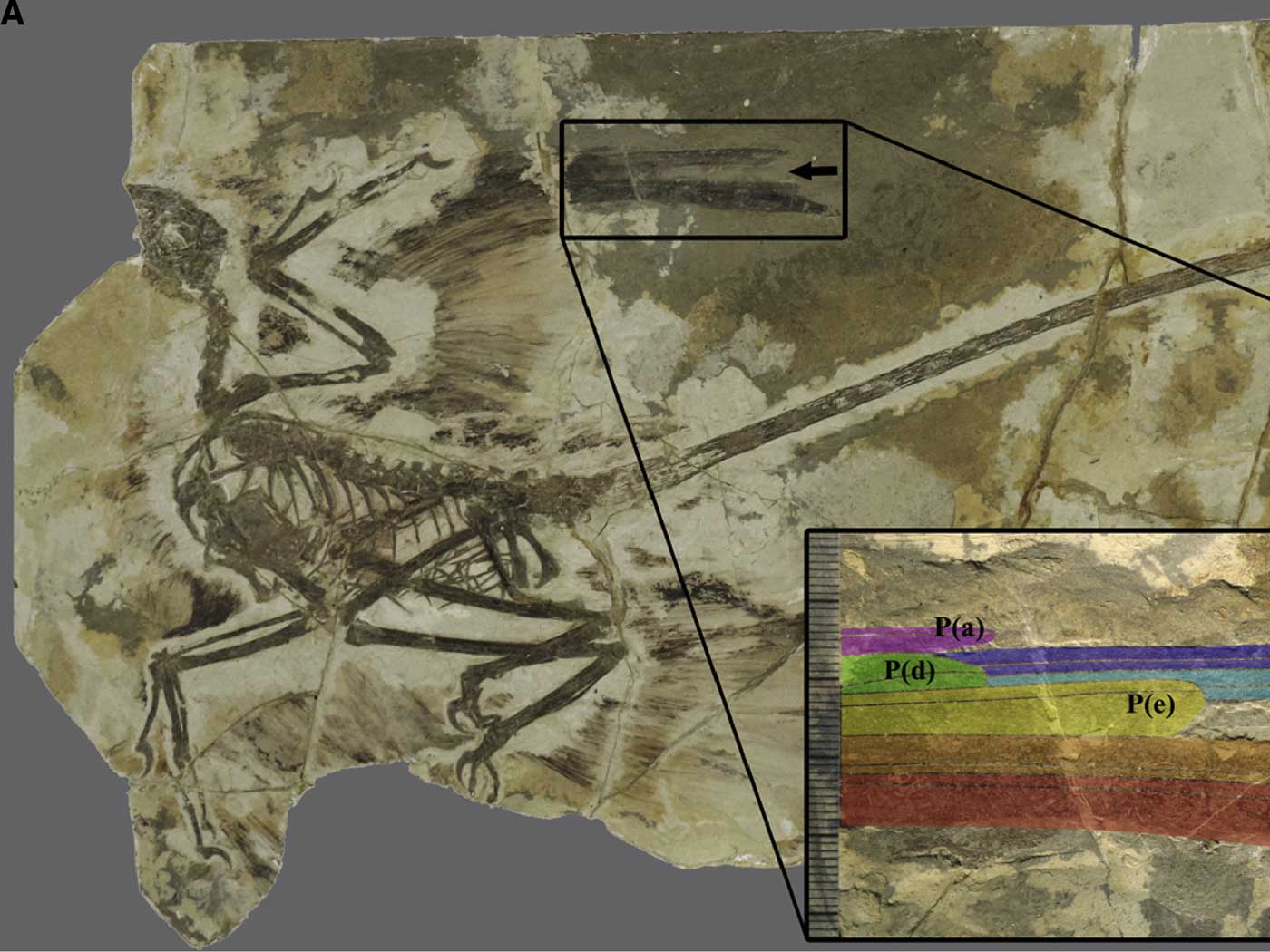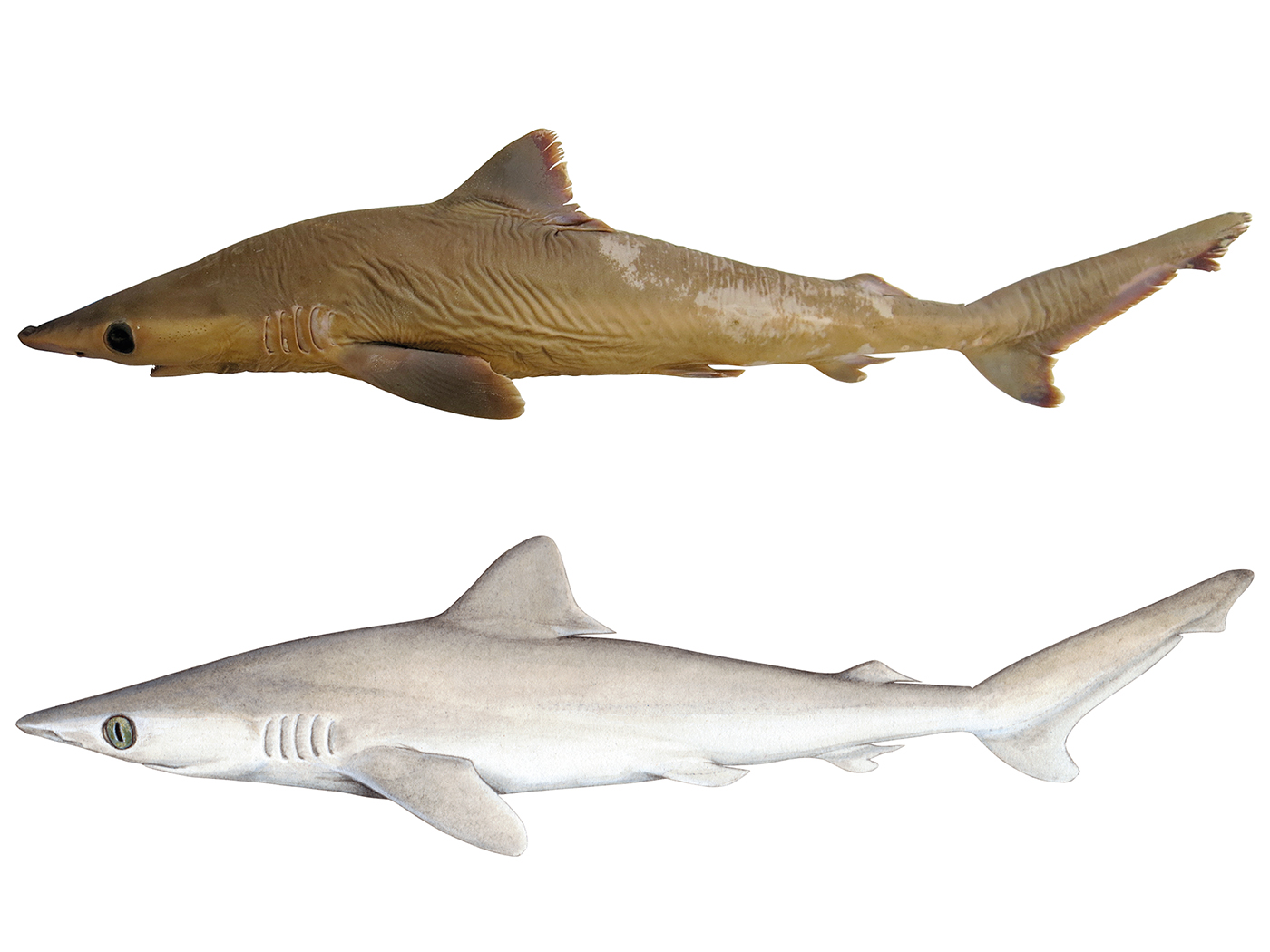Recently, a fossil coconut was found to have clear indications of insect tunneling. Detailed investigation of this remarkable fossil was conducted.
The team analyzed the number, position and size of the holes and the scar tissue left behind and compared that with damaged caused by modern insects, especially those that feed on plants from the palm family. The damage was consistent with a sub-group of modern beetles called palm bruchines, the scientists reported in the journal Review of Palaeobotany and Palynology.2
This is hardly a win for evolution. The ecological relationship between the beetle and coconut is called biological or specialized interactions—an association between specific plants and insects. Evidently such connections have been the norm for at least “60 million years.”
“This is something that we see 60 million years ago, and it's something that is still occurring today," [L. Alejandro Giraldo, a graduate student in geosciences at Penn State] said. "Our contribution is that we pinpoint this specific group of insects as the culprit, and that group is still living today and attacks the same coconuts and same palms as it did in the past."2 [italics added]
No evolution in these plants and insects for 60 million years. One might ask, where did coconuts come from? What was their origin? According to evolution their origin is unclear at best. They appeared in two areas of the world: west-central India and New Zealand—as coconuts.
What about beetle origin such as our palm bruchines? Beetles have always been beetles.3
This is not the first time these specialized interactions of insect (and in this case fungi) and plant have been discovered in the fossil record. In 2020,
Exquisitely preserved feeding marks on fossil conifer leaves show that the same insect feeding and fungi persisted for millions of years on the same type of plant, from ancient Patagonian rainforests to the modern rainforests of the tropical West Pacific.4 [italics added]
Kauri trees belong to the genus Agathis that in turn belong to evergreen coniferous trees in the family Araucariaceae. Traces of Araucariaceae ‘appear’ in the Lower Triassic or Upper Permian of the fossil record with no evolutionary past. Insect predation on these coniferous trees today is the same as found in the fossils.
On both the fossil and modern Agathis leaves, the team found highly specialized leaf mines that insect larvae create as they tunnel through leaves . . . the researchers found extremely similar elongated, blotchy leaf mines on Agathis at all the fossil sites and on multiple living species of the same conifer.4 [italics added]
Perhaps Peter Wilf of Penn State University said it best when he stated, "I've walked in mountain rainforests of Australia and Borneo and seen exactly the same feeding patterns on living kauri trees as in 65-million-year-old fossils that we've collected in Argentina."4
Other than possible scale insects, the kind of insect(s) feeding on the evergreen coniferous tree fossils are not identified. But based on the characteristics of the feeding marks and blotchy leaf mines in the fossils, creation scientists predict—based on the young-earth creation model—they would be the same kind as insect as those feeding on present-day Kauri trees.
The fossil record of sudden appearance and stasis (‘standing still’) of plants and animals is one of the best evidences of the creation model—and S.J. Gould’s “trade secret of paleontology.”5 This is clearly seen in fossils of specialized interactions between plant and predator—the same organisms now as they were thousands of years ago with no evolutionary change in either.
References
1. Thomas, B. Amazing Ant Beetle Same Today as Yesterday. Creation Science Update. Posted on ICR.org Dec. 18, 2014, accessed April 27, 2022.
2. Carroll, M. Beetle in the coconut: Fossil find sheds new light on Neotropical rainforests. Phys.Org. Posted on physorg.com April 25, 2022, accessed April 26, 2022.
3. Sherwin, F. No Sign of Beetle Evolution. Creation Science Update. Posted on ICR.org April 7, 2022, accessed April 28, 2022.
4. Staff Writer. Fossils show 66 million years of insects eating kauri trees. Posted on Phys.org. November 25, 2020, accessed April 27, 2022.
5. Gould, S.J. 1977. Evolution’s erratic pace. Natural History. 86 (5):14.
* Dr. Sherwin is Research Scientist at the Institute for Creation Research. He earned an M.A. in zoology from the University of Northern Colorado and received an Honorary Doctorate of Science from Pensacola Christian College.























